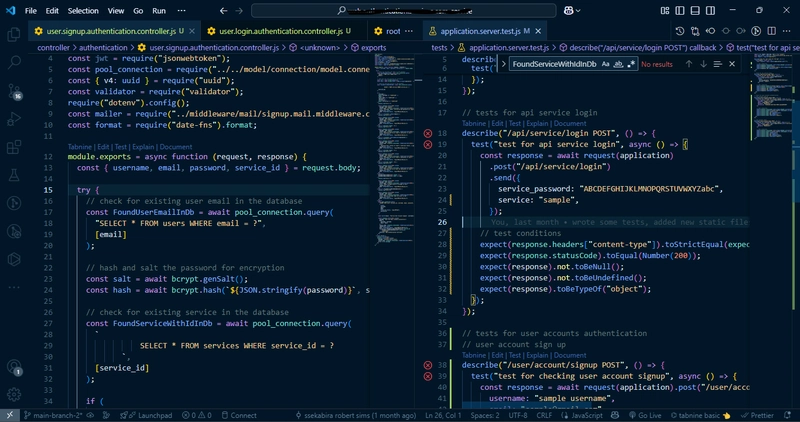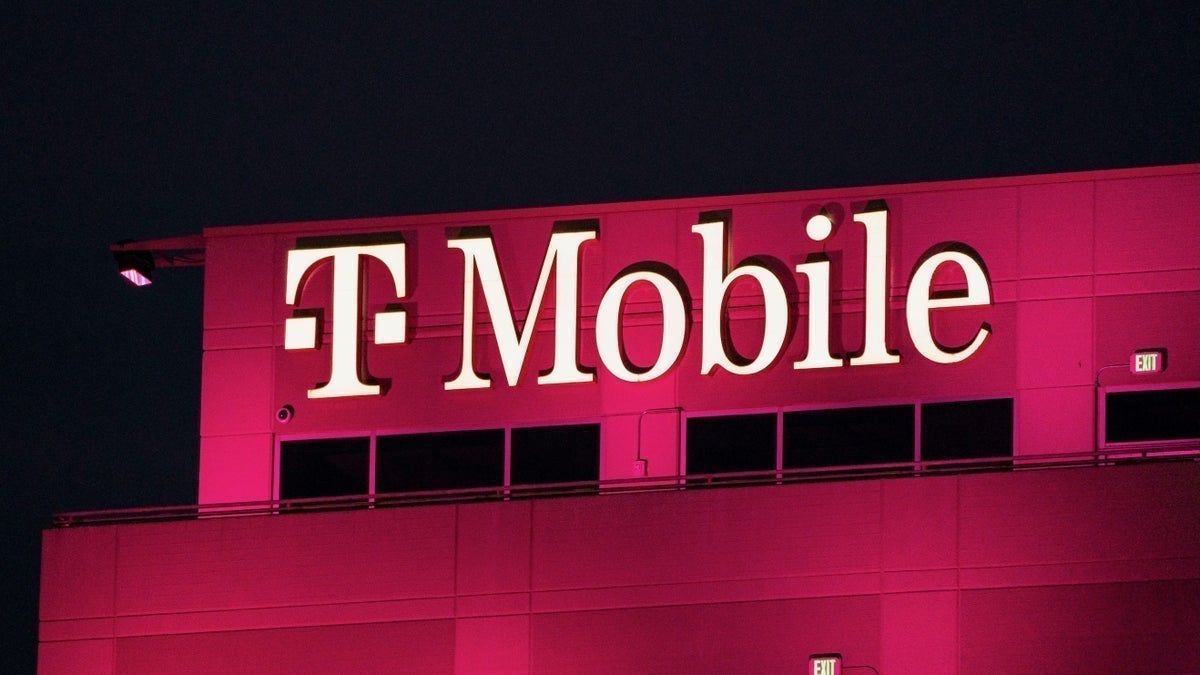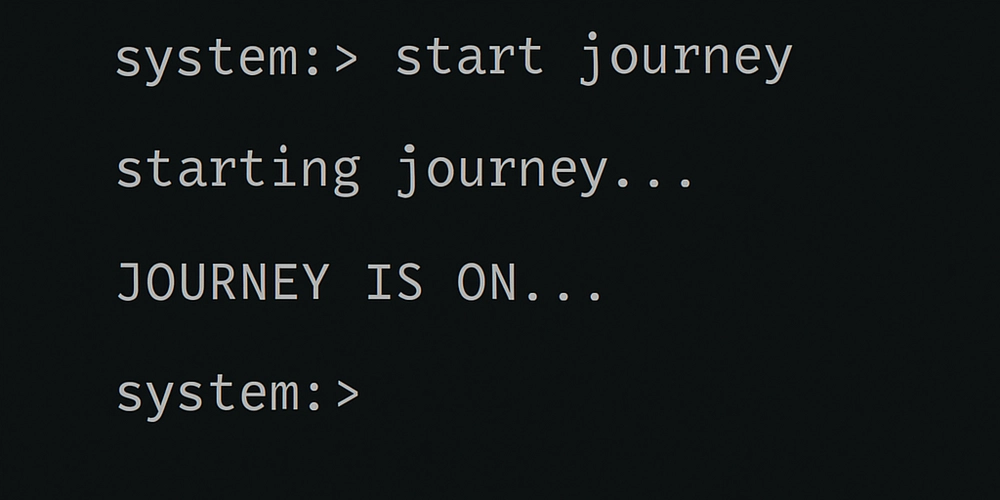Best Practices for Server Monitoring: Ensuring Uptime through Port Monitoring
Your website just went down. Customers can't access your services. Orders aren't processing. Revenue is being lost by the minute. This nightmare scenario is exactly why server monitoring and uptime tools are critical for today's businesses. And one of the most effective but often overlooked techniques? Port monitoring. What is Port Monitoring? Think of your server as a building with multiple entry points. Ports are those doorways - each assigned a unique number that allows specific types of traffic to enter and exit. Port monitoring continuously checks these doorways to ensure they're open and functioning correctly. When a port stops responding, it's often the first sign of bigger problems. Why Port Monitoring Matters The benefits of implementing solid port monitoring techniques include: Early problem detection - Catch issues before your customers do Improved uptime - Minimize service disruptions that impact revenue Enhanced security - Identify unauthorized access attempts quickly Proactive maintenance - Address potential failures before they occur One DevOps manager told us: "Before implementing proper port monitoring, we were always in reactive mode. Now we catch 90% of issues before they affect users." Best Practices You Can Implement Today 1. Identify Your Critical Ports Not all ports are equal. Focus on monitoring the ones that directly impact your core services: Web servers (80, 443) Database connections Email servers Application-specific ports 2. Establish Performance Baselines Know what "normal" looks like for your environment. Track: Response times Throughput Error rates When metrics deviate from baseline, investigate immediately. 3. Set Up Smart Alerting Configure your server monitoring solution to notify the right people at the right time. Avoid alert fatigue by: Setting appropriate thresholds Using different notification channels based on severity Implementing alert escalation for unresolved issues 4. Regular Review and Adjustment Your infrastructure evolves. Make sure your monitoring evolves with it: Review monitoring settings quarterly Adjust as services change Update alert recipients as team structures shift 5. Choose the Right Uptime Tools When selecting server uptime monitoring tools, prioritize: Real-time monitoring capabilities Comprehensive port monitoring functionality Customizable alert configurations User-friendly interfaces Scalability for growth Bubobot offers all these features with: 24/7 monitoring of server ports Intelligent alert prioritization Advanced detection capabilities Scalable solutions that grow with your business The Bottom Line For DevOps professionals and IT administrators managing critical systems, implementing robust server monitoring with comprehensive port monitoring isn't just a technical requirement—it's a business necessity. The right monitoring approach helps you sleep better at night, knowing you'll be the first to know if something goes wrong—not your customers. Read the full article on Bubobot's official blog for more detailed implementation strategies. ServerMonitoring #UptimeTools #PortMonitoring Read more at https://bubobot.com/blog/best-practices-for-server-monitoring-ensuring-uptime-through-port-monitoring?utm_source=dev.to

Your website just went down. Customers can't access your services. Orders aren't processing. Revenue is being lost by the minute.
This nightmare scenario is exactly why server monitoring and uptime tools are critical for today's businesses. And one of the most effective but often overlooked techniques? Port monitoring.
What is Port Monitoring?
Think of your server as a building with multiple entry points. Ports are those doorways - each assigned a unique number that allows specific types of traffic to enter and exit.
Port monitoring continuously checks these doorways to ensure they're open and functioning correctly. When a port stops responding, it's often the first sign of bigger problems.
Why Port Monitoring Matters
The benefits of implementing solid port monitoring techniques include:
Early problem detection - Catch issues before your customers do
Improved uptime - Minimize service disruptions that impact revenue
Enhanced security - Identify unauthorized access attempts quickly
Proactive maintenance - Address potential failures before they occur
One DevOps manager told us: "Before implementing proper port monitoring, we were always in reactive mode. Now we catch 90% of issues before they affect users."
Best Practices You Can Implement Today
1. Identify Your Critical Ports
Not all ports are equal. Focus on monitoring the ones that directly impact your core services:
Web servers (80, 443)
Database connections
Email servers
Application-specific ports
2. Establish Performance Baselines
Know what "normal" looks like for your environment. Track:
Response times
Throughput
Error rates
When metrics deviate from baseline, investigate immediately.
3. Set Up Smart Alerting
Configure your server monitoring solution to notify the right people at the right time. Avoid alert fatigue by:
Setting appropriate thresholds
Using different notification channels based on severity
Implementing alert escalation for unresolved issues
4. Regular Review and Adjustment
Your infrastructure evolves. Make sure your monitoring evolves with it:
Review monitoring settings quarterly
Adjust as services change
Update alert recipients as team structures shift
5. Choose the Right Uptime Tools
When selecting server uptime monitoring tools, prioritize:
Real-time monitoring capabilities
Comprehensive port monitoring functionality
Customizable alert configurations
User-friendly interfaces
Scalability for growth
Bubobot offers all these features with:
24/7 monitoring of server ports
Intelligent alert prioritization
Advanced detection capabilities
Scalable solutions that grow with your business
The Bottom Line
For DevOps professionals and IT administrators managing critical systems, implementing robust server monitoring with comprehensive port monitoring isn't just a technical requirement—it's a business necessity.
The right monitoring approach helps you sleep better at night, knowing you'll be the first to know if something goes wrong—not your customers.
Read the full article on Bubobot's official blog for more detailed implementation strategies.








































































































































































![[The AI Show Episode 143]: ChatGPT Revenue Surge, New AGI Timelines, Amazon’s AI Agent, Claude for Education, Model Context Protocol & LLMs Pass the Turing Test](https://www.marketingaiinstitute.com/hubfs/ep%20143%20cover.png)



































































































































![From drop-out to software architect with Jason Lengstorf [Podcast #167]](https://cdn.hashnode.com/res/hashnode/image/upload/v1743796461357/f3d19cd7-e6f5-4d7c-8bfc-eb974bc8da68.png?#)









































































































.jpg?#)































_ArtemisDiana_Alamy.jpg?#)


 (1).webp?#)









































































-xl.jpg)












![Yes, the Gemini icon is now bigger and brighter on Android [U]](https://i0.wp.com/9to5google.com/wp-content/uploads/sites/4/2025/02/Gemini-on-Galaxy-S25.jpg?resize=1200%2C628&quality=82&strip=all&ssl=1)










![Apple Rushes Five Planes of iPhones to US Ahead of New Tariffs [Report]](https://www.iclarified.com/images/news/96967/96967/96967-640.jpg)
![Apple Vision Pro 2 Allegedly in Production Ahead of 2025 Launch [Rumor]](https://www.iclarified.com/images/news/96965/96965/96965-640.jpg)


































































































































